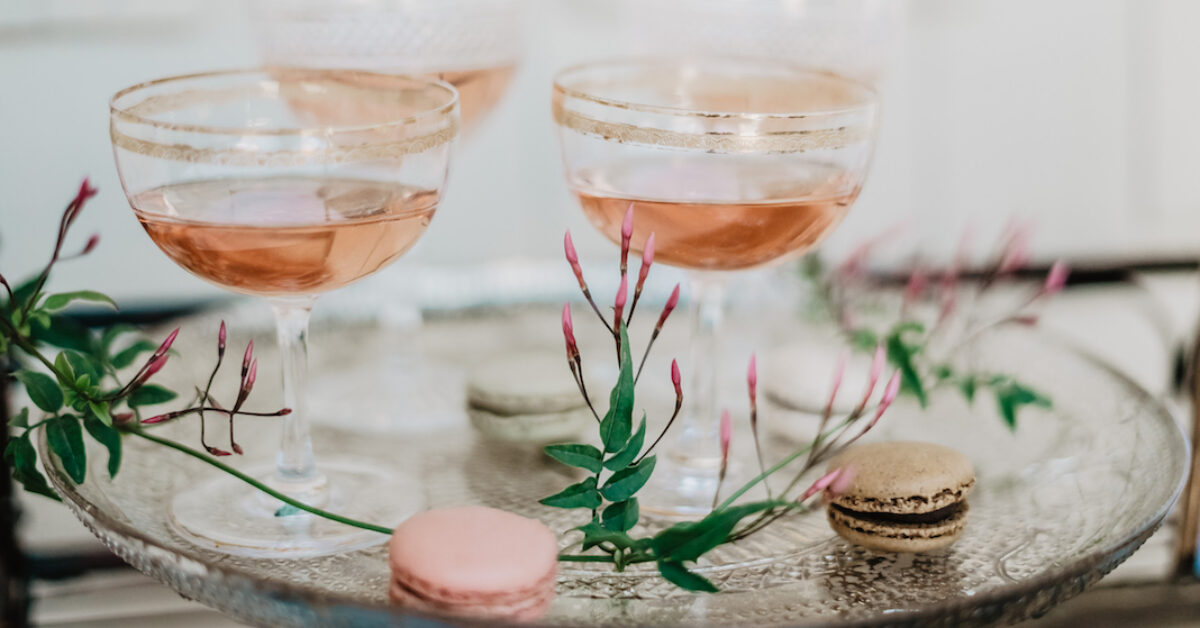Both sweets and wine contain sugar but they are not enemies that must be separated, as long as one doesn’t overwhelm the taste of the other. And what is the perfect sweet pairing with wine? Macarons.
With an assortment of macarons, and therefore a variety flavors, it’s necessary to try to balance out the taste-dominating sweet sensation with the wine. The less sweet the wine, the more invigorating and contrasting the paired sweetness will be. It is possible to find a perfect sweetness compromise with an effervescent wine, by choosing an extra dry, un sec, un demi-sec, or even a sparkling one.
Macarons are small pastries with very old origins, round in shape and granular in consistency. Crisp yet soft, macarons are made from almond powder, sugar and egg whites. They were popularized, primarily, by Ladurée, a Parisian pastry shop created in the 19th century, and then by Pierre Hermé, a worthy macaron icon hailing from a line of Alsatian bakers, who was named Best Pastry Chef in the World in 2016 by The World’s 50 Best Restaurants.
Among the most famous classic macarons are those of Montmorillon, Saint-Emilion, Nancy, and Sault-en-Provence. At the beginning of the 19th century the practice of flavoring them and gluing the hard shells together with jam began. In this field, creativity seems to have no limits. Chocolate macarons or caramel and salted butter macarons from Ladurée have become classics among macarons, and Ispahan, made from rose, lychee and raspberry, created by Pierre Hermé, is now one of the great classics in French pastry. We should also mention Hermé’s le jardin andalou with olive oil, mandarin and red fruits, and his le satiné, made of fresh cheese, mascarpone, orange cream and passion fruit.
With macaroons made from chocolate, caramel, coffee, licorice, dried fruit, and spices, you can create flavor-for-flavor pairings with wine, for example by serving an Alsace pinot gris which, after a few years of aging, will develop slightly spicy and roasted aromas. Natural sweet wines aged in contact with oxygen are also suitable: a banyuls grand cru will deliver powerful aromas of cocoa, spices and candied fruits, but a Rivesaltes tuilé, a Maury tuilé or a Pineau-des-Charentes would be good as well.
Macarons made with yellow, white, exotic and citrus fruits will go well with a late harvest Alsace Gewurztraminer, which recalls flavors of white, yellow, and exotic fruits. Or consider a Côtes-de-Bergerac, a Pacherenc-du-Vic-Bilh or a “muscat de Noël” from the Muscat-de-rivesaltes appellation with its fresh fruit flavors.
Finally, macarons made with red and black fruits will go well with the finesse and freshness of a champagne or a demi-sec or extra dry Crémant Rosé; for a more classic pairing, go with a sweet Maury dessert wine.






